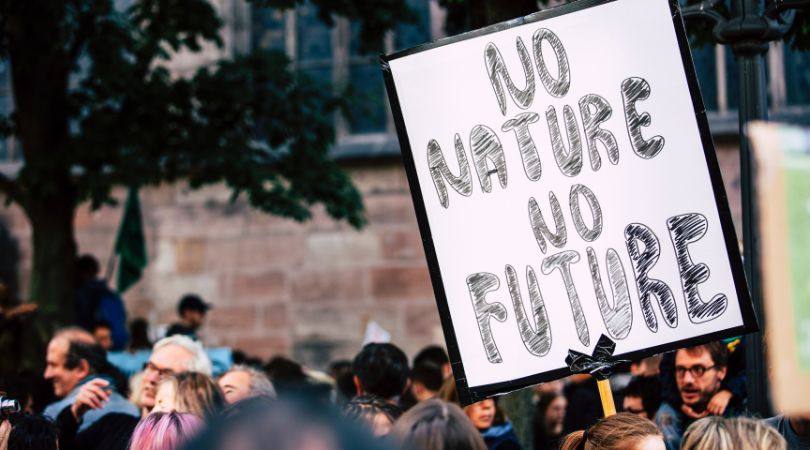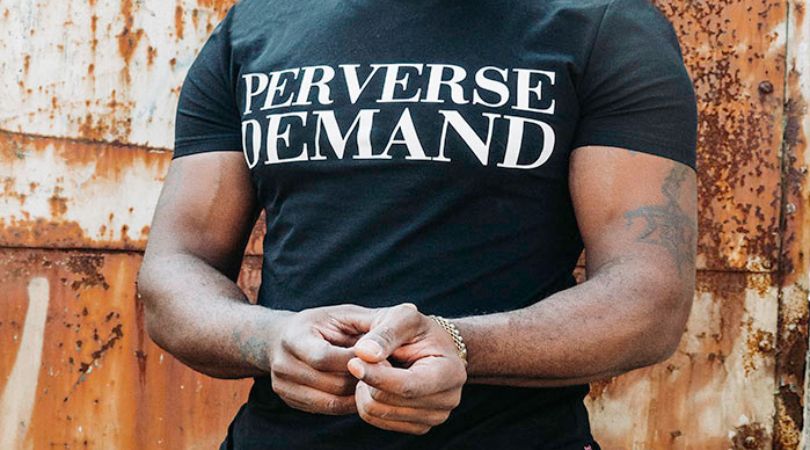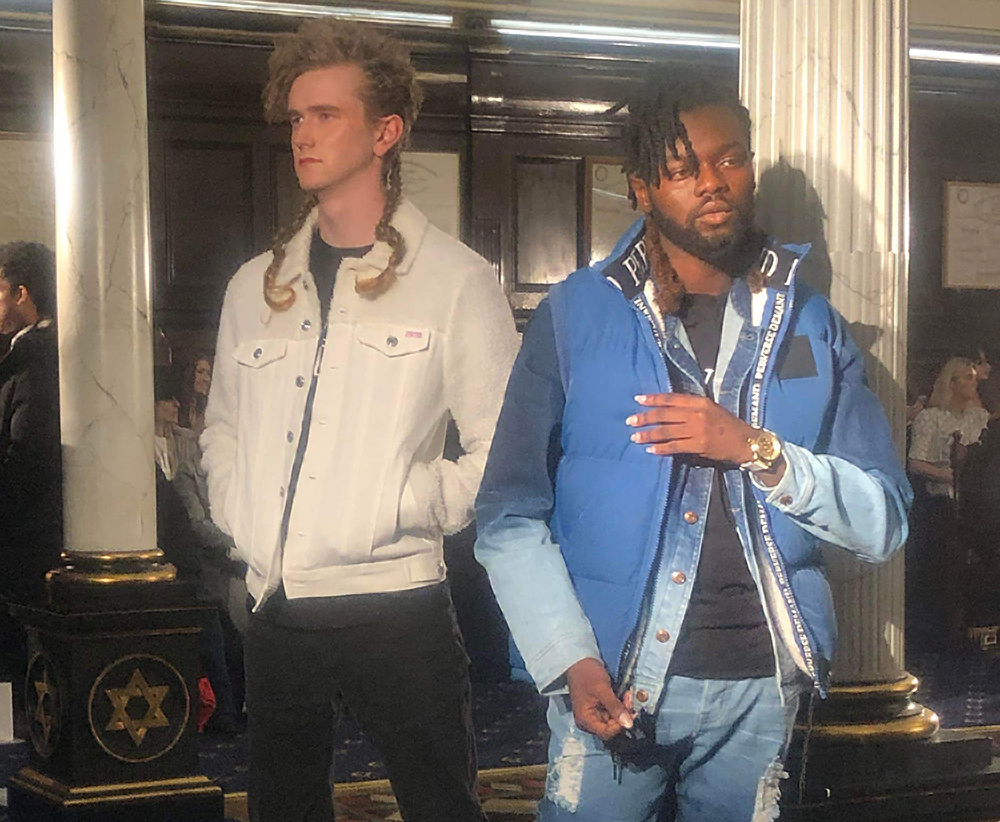
What to Wear to a Festival: Standing Out From The Crowd
Festival season is upon us! We’ve already checked out Isle of Wight and had Glastonbury FOMO with loads more to come in the next couple
It’s one of the greatest motivators behind Perverse Demand, and one of the greatest motivators behind the new sustainable fashion brands cropping up around the UK and Europe – ending the incredibly damaging and reckless fast fashion industry.
According to a recent Forbes article, on average Americans buy a new piece of clothing every five days. Prices are so cheap that clothing is now seen as essentially disposable. This is why the slow fashion movement is so important both socially and environmentally.
Slow fashion considers all aspects of the clothing supply chain from material to sale and delivery. The idea and intended result is pretty simple with slow fashion aiming to respect people, animals and the environment within its supply chain.
With that said, the pressure of increased cost-of-living makes spending on higher priced garments seem unrealistic. However the reality is quite the contrary.
5 reasons why slow fashion is important are:
The sheer quantity of waste produced by fast fashion is hard to believe with not just landfill but microplastics also causing problems for the land and waterways around the world. A massive 92 million tonnes of waste is accumulated every year by the fashion industry.
Whatsmore, this rate of waste is increasing due to the fashion labels and brands themselves who will seek to make previous lines ‘unfashionable’ to accelerate purchases for new clothing lines. We’re now essentially living in a world where the four fashion seasons of year have become diluted and spread out to make way for more clothing lines in one season.
What most people don’t know is that these poor quality garments release tiny plastic microfibers during every wash, which eventually make their way not only into waterways but into our food.
In areas where clothing factories are in high numbers like Dakha in Bangladesh, as well as other areas in India and China, it’s now common to see dry ditches previously where rivers used to flow.

The drying up of these rivers is caused by masses of microplastics finding their way into the nearby waterways and destroying the ecosystem. Leading to dryer rivers and loss of habitats.
However, there is an easy solution to this global waste issue – slow fashion. Not only are slow fashion garments made sustainably with cleaner manufacturing processes, but they are also made to a higher standard. Better quality clothing means less replacing, less purchasing and therefore less demand for new garments.
Improving wellbeing and quality of life is central to slow fashion. As opposed to fast fashion which offers a complete lack of transparency over where clothes are produced, the age of the workers, the pay offered and the working conditions.
For example in the Dakha area of Bangladesh, workers (most of whom are female and some as young as 11 years old) are paid as low as $25 per month. This kind of income isn’t realistic anywhere, let alone in a major city where the cost of living is up to twice as high as rural areas of Bangladesh.
Slow fashion is tackling low pay through three proactive methods:
Only by tackling the issue from multiple angles and promoting these factors to consumers can slow fashion overtake fast fashion and improve prosperity in vulnerable communities.
We can all spend more consciously, but I get it – it is difficult with social media advertising targeting us when our willpower is lowest and influencers releasing new product lines every week. It’s hard to resist the temptation of a fresh new purchase.
However, by committing to slow fashion and spending higher per garment, you’re actually spending less in the long-term.
For example, take our black branded streetwear t-shirt. Made using mercerised cotton, the t-shirt becomes incredibly tear and stretch resistant. The t-shirt is priced at £80.00, and will last for over 5 years, whilst remaining soft to the touch and keeping its slim-fit structure.

Designed with timelessness in mind, this t-shirt lasts for years longer than a fast-fashion t-shirt of the same size. By the time you’ve spend £20.00 over multiple periods on a new t-shirt to replace the previous garment which is either discoloured or ripped, you’ve spent well over £100 in the same time period.
Reduced long-term spending on clothes means more positive spending on health, travel or leisure time. Three areas of our lives we could all invest a little more into.
If you’ve ever watched the Minimalism documentary on Netflix, you’ll know all about the positive impacts a minimalist lifestyle can have on mental health with links to reducing stress and anxiety.
Slow fashion means buying and owning less. Enjoying the quality and comfort of your streetwear more whilst requiring less cupboard and floor space to store clothing.

With cost-of-living on the rise, saving space can offer a wealth of benefits including:
A clearer mind and a fuller wallet – just two massive reasons slow fashion is so important.
Accounting for 10% of global emissions, the fashion industry is the 2nd largest industrial polluter. That’s more than all air travel combined. That all equals to a whopping 1.2 million tonnes of carbon emissions being released into the atmosphere every single year.
More than just in production, the entire supply chain is considered in slow fashion:
In conclusion, there is no doubt over the importance of slow fashion. Both for the prosperity and quality of life of the people who make the clothes, to the animals and ecosystems which can be transformed by slow fashion – it’s is on the rise.
–
We are Perverse Demand: your favourite luxury streetwear brand. Combining the classic 70’s LA skate culture with a preppy chic, we offer a new genre of fashion and produce only the highest quality long-lasting and well-fitting streetwear.
To learn more about unique streetwear fashion, including tips and latest trends, check out our blog page or get in touch via contactus@perversedemand.co.uk to speak to a member of our customer service team.
Written by Aled, for Perverse Demand.

Festival season is upon us! We’ve already checked out Isle of Wight and had Glastonbury FOMO with loads more to come in the next couple

The Met Gala ‘Garden of Time’ As expected the Met Gala (May 7th 2024) delivered a breathtaking display of sartorial innovation and creativity. The general

In April 2024 we were privileged to be part of Cardiff Fashion Week. Cardiff Fashion Week the annual celebration of style and creativity, once again
| Cookie | Duration | Description |
|---|---|---|
| cookielawinfo-checkbox-analytics | 11 months | This cookie is set by GDPR Cookie Consent plugin. The cookie is used to store the user consent for the cookies in the category "Analytics". |
| cookielawinfo-checkbox-functional | 11 months | The cookie is set by GDPR cookie consent to record the user consent for the cookies in the category "Functional". |
| cookielawinfo-checkbox-necessary | 11 months | This cookie is set by GDPR Cookie Consent plugin. The cookies is used to store the user consent for the cookies in the category "Necessary". |
| cookielawinfo-checkbox-others | 11 months | This cookie is set by GDPR Cookie Consent plugin. The cookie is used to store the user consent for the cookies in the category "Other. |
| cookielawinfo-checkbox-performance | 11 months | This cookie is set by GDPR Cookie Consent plugin. The cookie is used to store the user consent for the cookies in the category "Performance". |
| viewed_cookie_policy | 11 months | The cookie is set by the GDPR Cookie Consent plugin and is used to store whether or not user has consented to the use of cookies. It does not store any personal data. |
Sizes S-XL Available. Winner will be drawn on 30th July 2024, and asked to choose size and provide shipment details via the email address provided.